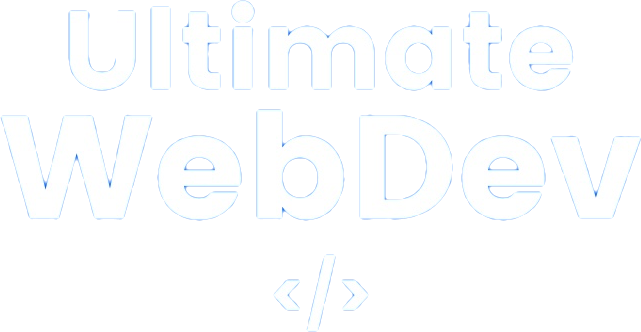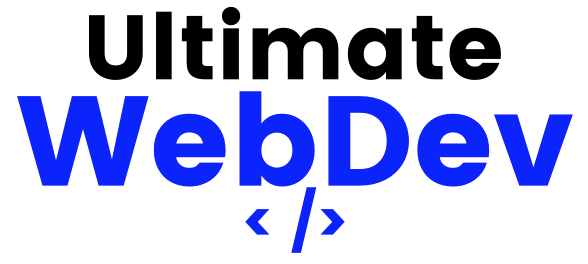jQuery
jQuery is a fast, lightweight, and cross-platform JavaScript library that simplifies client-side web development tasks. It provides a collection of pre-built functions and methods that make it easier for developers to manipulate the Document Object Model (DOM), handle events, create animations, and perform other common web-related tasks.
Key Features and Capabilities of jQuery:
DOM Manipulation: jQuery simplifies DOM manipulation by providing a concise and consistent API for selecting, modifying, and interacting with HTML elements on a web page. Developers can easily traverse the DOM tree, change content, attributes, and styles, and manipulate the structure of a web page.
Event Handling: jQuery simplifies event handling by providing methods to attach event listeners to HTML elements. This makes it easy to respond to user interactions, such as clicks, mouse movements, and keyboard input, in a cross-browser compatible manner.
AJAX (Asynchronous JavaScript and XML): jQuery simplifies AJAX requests, allowing developers to fetch and send data to a server without requiring a page refresh. This is crucial for creating dynamic and interactive web applications that can update content without reloading the entire page.
Animation: jQuery includes animation methods to create smooth transitions and effects on web pages. Developers can animate elements, fade in/out, slide up/down, and perform custom animations with ease.
Utilities: jQuery offers a wide range of utility functions for common tasks like working with arrays, manipulating strings, and handling asynchronous operations. These utilities help streamline web development.
Cross-Browser Compatibility: jQuery is designed to work consistently across various web browsers, abstracting away many browser-specific quirks and inconsistencies.
Plugin Ecosystem: jQuery has a vast ecosystem of plugins created by the community. These plugins extend jQuery’s functionality, adding features such as sliders, image galleries, and form validation.
Advantages of Using jQuery:
Simplicity: jQuery simplifies complex JavaScript tasks with a straightforward and easy-to-understand syntax.
Productivity: It accelerates web development by providing pre-built solutions for common tasks, reducing the need for writing custom code.
Cross-Browser Compatibility: jQuery abstracts away browser-specific inconsistencies, making it easier to develop applications that work consistently across different browsers.
Community Support: jQuery has a large and active community, offering extensive documentation, tutorials, and a wealth of plugins and extensions.
Performance: While jQuery was known for improving performance in the past, modern browsers have optimized their native JavaScript engines, reducing the need for jQuery in some cases. Developers may consider native JavaScript for performance-critical tasks.
Common Use Cases for jQuery:
Enhancing User Interfaces: jQuery is often used to add interactivity and visual enhancements to web pages, making them more user-friendly and engaging.
Form Validation: Developers use jQuery to validate user input in web forms, providing real-time feedback and error messages.
Ajax-based Web Applications: jQuery simplifies the development of dynamic web applications that fetch and display data from the server without reloading the entire page.
Event Handling: It is used for attaching event handlers to elements, allowing developers to create responsive and interactive user interfaces.
Animations and Effects: jQuery’s animation capabilities are useful for creating transitions and visual effects in web applications and websites.
DOM Manipulation: jQuery’s DOM manipulation features are handy for dynamically updating content, adding or removing elements, and reordering elements on a web page.
In summary, jQuery is a popular and versatile JavaScript library that simplifies web development by providing a convenient and consistent API for common web-related tasks. While its significance has waned in some areas due to improvements in native JavaScript and the rise of modern front-end frameworks, it remains a valuable tool for many web developers, especially for quickly enhancing web pages with interactive features.

